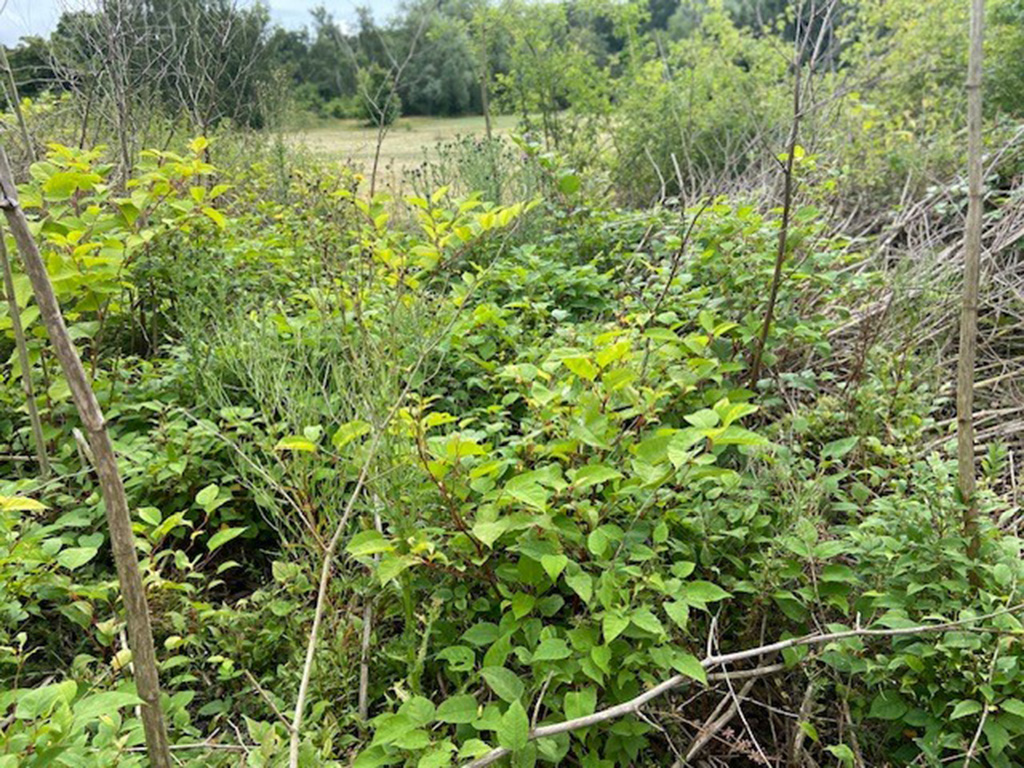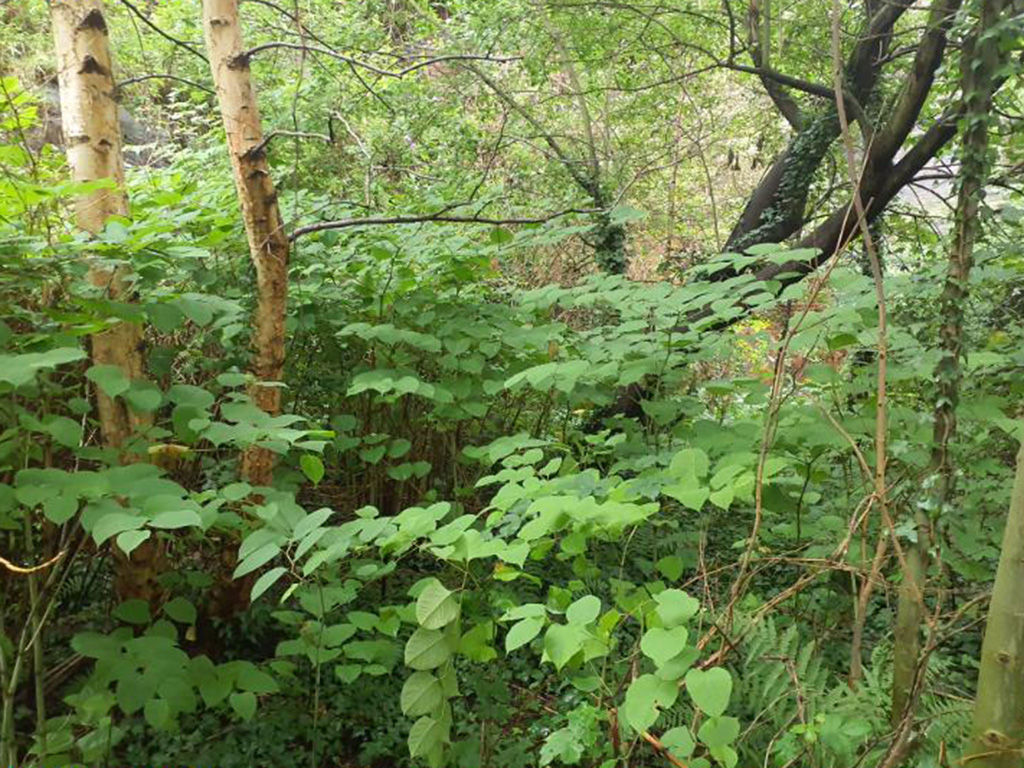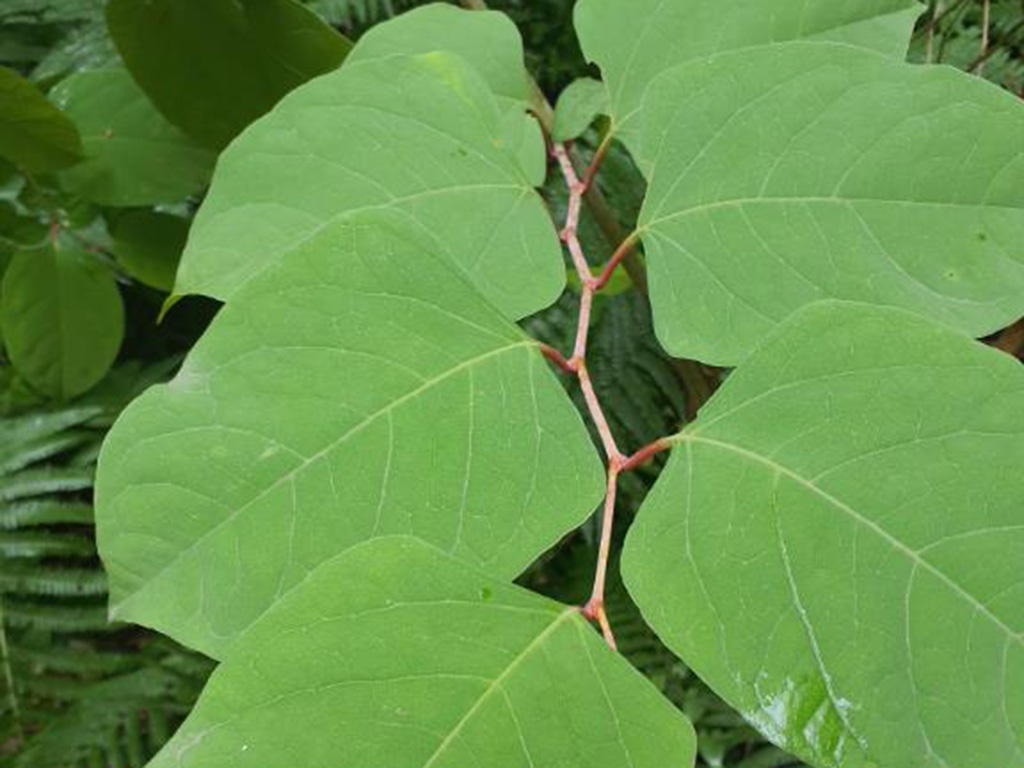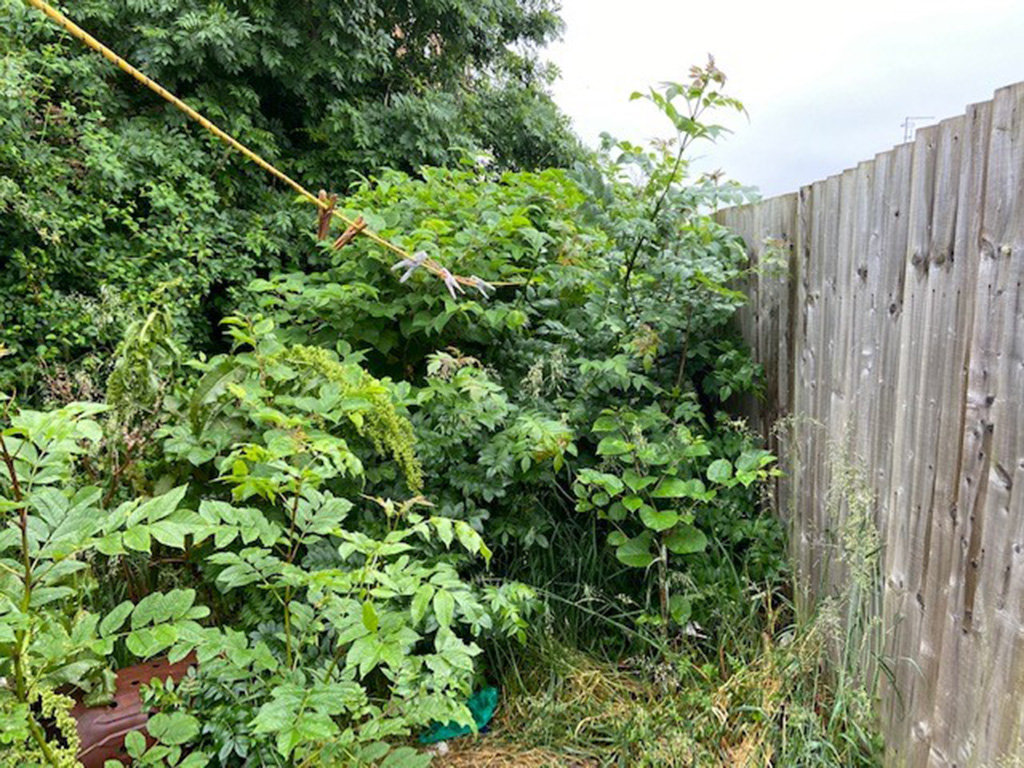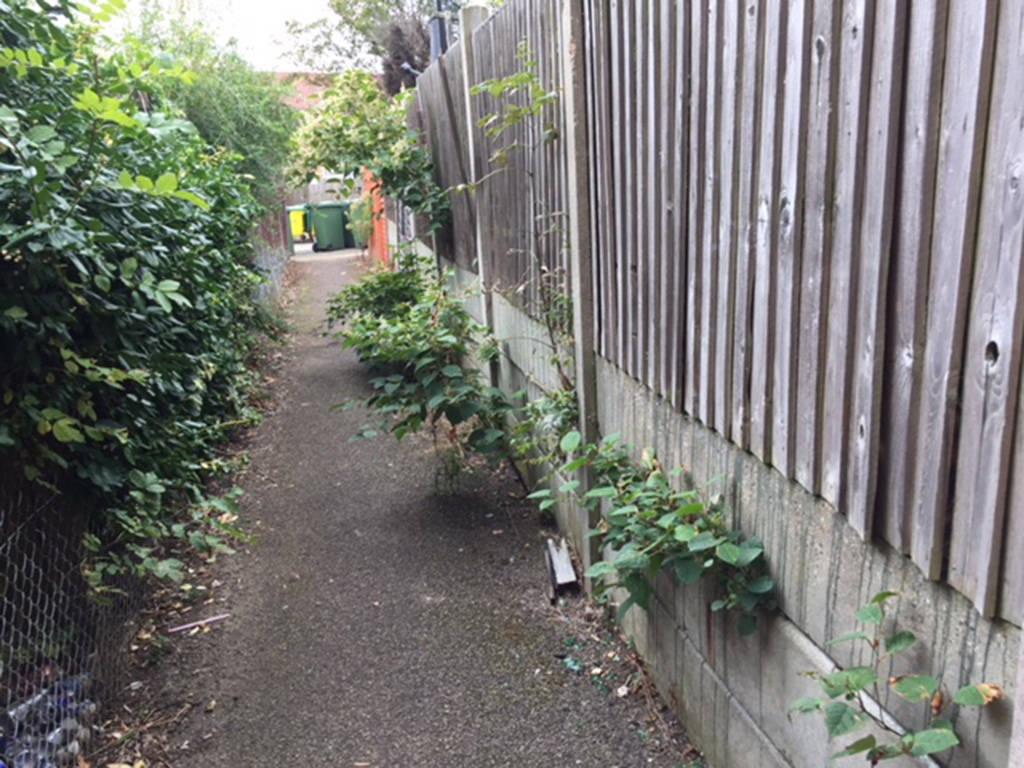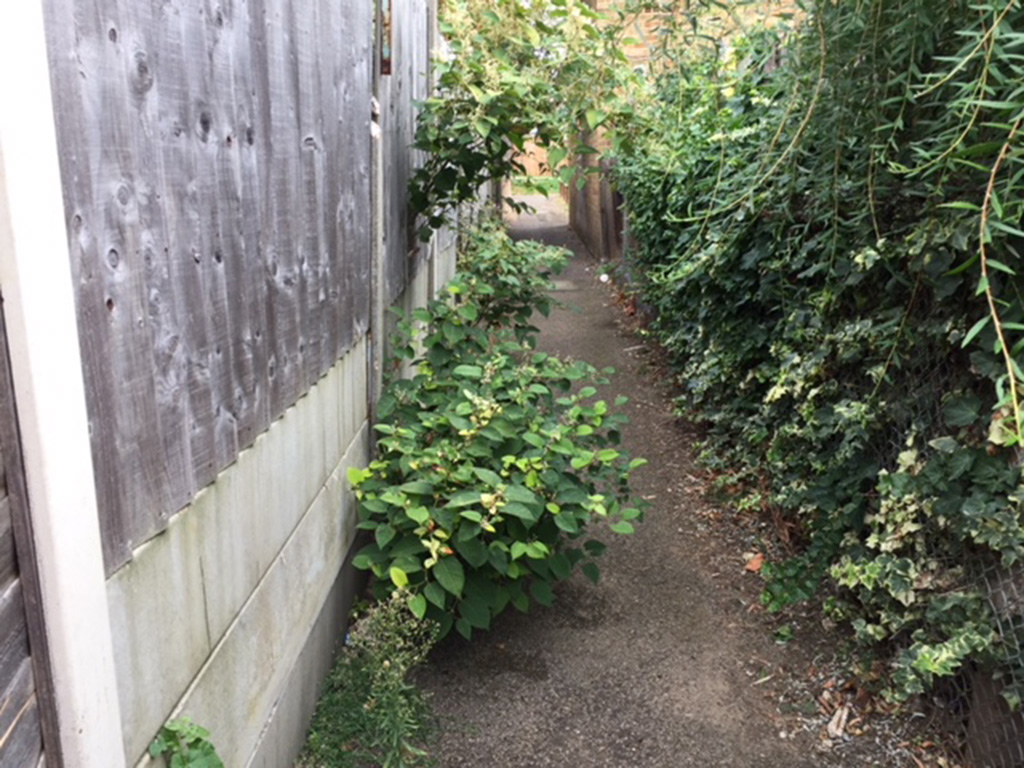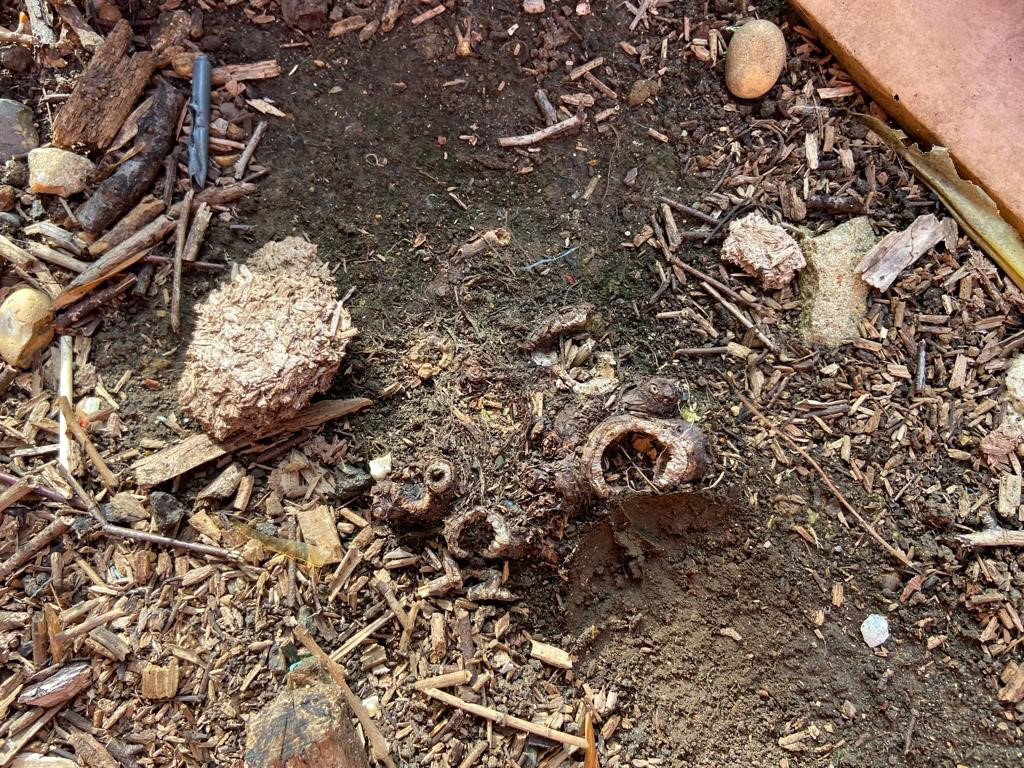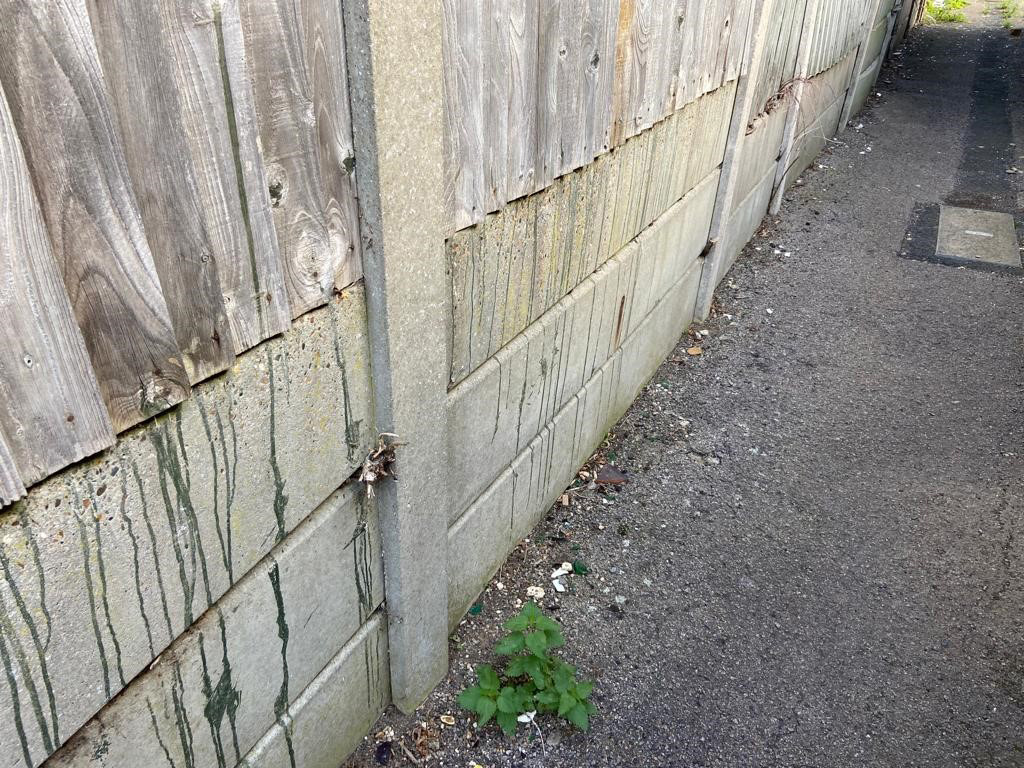Japanese Knotweed Q & A
Why is Japanese knotweed such a problem?
Japanese knotweed was introduced by plant collectors to Europe in the late 19th century. In its native range, Japanese knotweed has natural pests and diseases which check its growth. Japanese knotweed is a plant ideally adapted to the extreme conditions of altitude and heat on volcanoes. As a consequence:
- Japanese knotweed grows very rapidly in a short growing season.
- Japanese knotweed can withstand extreme heat and survive.
- Japanese knotweed can grow on very poor, rocky soils.
- Small parts of its above and below ground structure can regenerate in suitable conditions.
- Japanese knotweed can lie dormant for up to twenty years.
What are the consequences of leaving Japanese knotweed untreated?
- Japanese knotweed has an extensive rhizome system that can extend 7m laterally and up to 3m deep. By disturbing this rhizome it is possible to spread the plant over a large area on machinery and even in the cleats of site workers safety boots.
- Japanese knotweed can grow through porous surfaces such as tarmac and can grow through expansion joints in concrete.
- Untreated Japanese knotweed can damage foundations and walls and can grow into drains and other services.
- Japanese knotweed reduces biodiversity and can block drainage culverts and lead to watercourse bank erosion.
- Japanese knotweed can trap litter increasing risk of fire and rodent infestation.
- Japanese knotweed can block site lines on roads, railways and around buildings.
What legislation covers the control of Japanese knotweed?
- Japanese knotweed is listed under schedule 9 of the Wildlife and Countryside Act 1981, making it an offence to cause or allow the plant to spread in the wild.
- All parts of the plant, and any soil contaminated with the rhizome, are classified as ‘controlled waste’ requiring all the duty of care requirements of the Environmental Protection Act 1990 to be met.
- Knotweed does not recognise property boundaries and can cause disputes between neighbours. This can be actioned under nuisance in common law though this is likely to be an expensive option. Cooperation and possible cost sharing with neighbours is likely to be the best course of action.
How can I be sure that treatment has been effective?
Encompass Environmental ensures that all of its Japanese knotweed management plans allow sufficient time to enable treatment and monitoring over a realistic timescale in order to control the knotweed on site.


